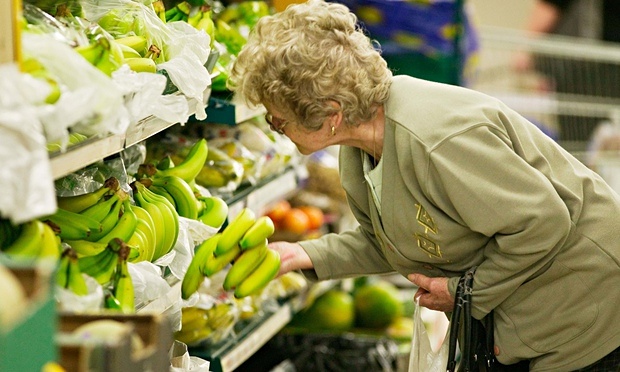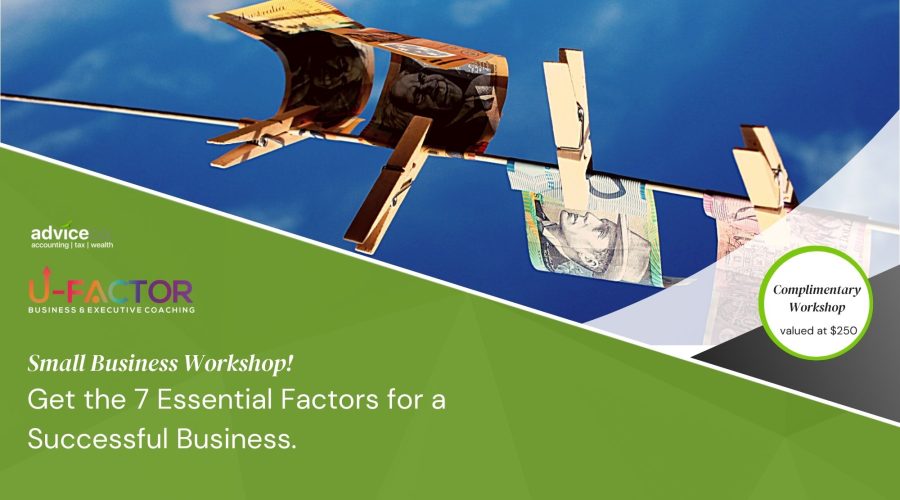Food for (tax) thought, and the GST debate Posted on October 9, 2018

But certainly one of these positive outcomes is that Australian taxpayers have been talking and thinking about tax reform with increased enthusiasm.
One area of tax legislation, the goods and services tax (GST), seems particularly to have been taken up as a cause célèbre, not least because it is a tax that hits every single hip pocket but also because one of the proposed tax reforms is to either increase the rate at which our consumption tax is levied, and/or to broaden the base of goods and services it is applied to.
One factor to keep in mind in looking at the need to re-think (literally) our GST regime is its role in the generation of the nation’s tax revenue. The Organisation for Economic Co-operation and Developments (OECD) December 2014 Revenue Statistics report found that compared with the OECD average, Australia has higher revenues from taxes on personal income, corporate income and property, and a lower proportion of revenues from taxes on goods and services. GST revenues in Australia accounted for 12.1% of total tax revenue in 2012, the second lowest proportion in the OECD after Japan and considerably below the OECD average of 19.5%. By comparison, taxes on personal income, profits and gains represented 39% of total tax recipients in Australia, compared with just 24% average across the OECD.
For the options mentioned in regard to GST reform – increase the rate, and/or broaden the base – a big talking point is the latter option, with much of the focus centring on food. As the tax now stands, food is largely exempt – indeed the exemption of food was crucial to the successful passage of the GST legislation through Parliament in 1999, being a prerequisite for approval by the Democrats who held the balance of power in the Senate. A concessionary tax treatment of food is also a common aspect of consumption taxes across the globe.
The exemption of “necessities”, in particular food items, was and is seen as a measure made to address inequality among tax payers – since people on lower incomes spend more proportionally on food (estimates are between 25% to 30%) than do higher income earners (10% to 13%). Therefore widening the GST base to include food items is viewed as having a disproportionately negative affect on lower income earners.
One way to compensate for this, which NSW Premier Mike Baird raised as an option when he proposed increasing GST to 15% earlier this year, could be to introduce compensation for lower income taxpayers to accompany either a broadening of the GST base or an increase in its rate. (Interestingly, this was also an approach proposed by tax policy academics and advisers when the GST legislation was being considered.)
Food exemptions in the GST laws are estimated to represent lost revenue of multiple billions of dollars each year. But while necessities such as bread, milk, vegetables and fruit, meats and basic cooking ingredients are GST-free, there are certain items that are not. In fact, the legislation that has developed brings with it a dramatically wide list of taxable and non-taxable food.
The GST legislation only exempts “basic foods”, which it defines as:
- food for human consumption (whether or not requiring processing or treatment)
- ingredients for food for human consumption
- beverages for human consumption
- ingredients for beverages for human consumption
- goods to be mixed with or added to food for human consumption (including condiments, spices, seasonings, sweetening agents or flavourings)
- fats and oils marketed for culinary purposes
- any combination of the above
As mentioned, not all food is GST-free. Developing the parameters to determine the application of GST on food items has led to an extensive and detailed range of definitions of taxable and exempt food – an attempt to maximise certainty, but that in the end has resulted in a dizzying menu of alternatives. The very detailed rules that the Tax Office is charged with administering is therefore scattered with many lines in the sand to determine taxability or not – these can be based on categories of food, degrees of processing, alcoholic content, location of consumption, type of packaging and so on.
One example pulled at random from the lists is apple cider. With an alcohol content, it is taxable. With no alcohol but some other food additive, it is still taxable. But with neither alcohol nor additives, the cider is GST-free. Another example, but this time focusing on the different tax treatments to the same product (lettuce), is used by the Tax Office to illustrate GST in the food supply chain.
A plant nursery sells punnets of lettuce seedlings to a market gardener. The seedlings are taxable as they are plants under cultivation, even though the lettuce is ultimately for human consumption. At this stage in the supply chain:
- the plant nursery charges GST and pays it to the Tax Office
- the market gardener can claim a GST credit for the GST they pay that is included in the price of the seedlings
The market gardener then grows the lettuce, picks it and sells it to a wholesaler. The lettuce is GST-free as it is now a food for human consumption. The wholesaler sells the lettuce (GST-free) to a retailer. The retailer sells the lettuce GST-free to a consumer and GST-free to a restaurant.
However the restaurant prepares the lettuce as part of a salad that one of its customers eats on the premises. The price of the salad to the consumer is taxable. The restaurant pays the GST it charges in the price of the salad.
Guidance for consumers
For the everyday consumer, some of the confusion created by all the apparent alternatives can be clarified by pointing out one common credential – adding value. With both the cider and the lettuce examples, it can be seen that the taxable forms of each product have some element of “value added”. The cider, either alcohol or additives; the lettuce, being prepared as a salad dish for an in-house diner. In the same way, pappadums in the packet off the shelf, tax free; pappadums cooked, taxed.
The name given to consumption taxes in many other countries, “value added tax” (VAT), reflects this relationship to taxability for the various services or goods affected. This is not a hard-and-fast rule however, as there are always exceptions.
Naturally disputes arise, such as a Federal Court case in 2011 over whether Italian mini ciabatta was a “cracker” (and therefore subject to GST) or “bread” (and therefore exempt). The case’s deliberations are almost worth reading (Lansell House v Commissioner of Taxation) if only as an example of the thoroughness and due diligence with which GST laws are constructed and maintained. Evidence included moisture content, cell structure, gluten and protein content, shelf life, fermentation method and more (the decision was that the ciabatta should be classified as a cracker, by the way, so tax was owing).
Guidance for retailers
For retailers and other businesses that are expected to collect GST, it is these exceptions and anomalies that can keep their tax advisers on their toes. The Tax Office tries to be helpful of course, and says that while the supply of food for human consumption is generally GST-free, there is a sub-section to the legislation that provides five broad means of taxing a supply of food:
- food for consumption on the premises from which it is supplied
- hot food for consumption away from those premises (takeaway)
- food of a kind specified in the Tax Office’s list of foods that are not GST-free
- beverages of a kind that are not listed as GST-free
- food of a kind specified in regulations.
It can therefore be seen that classifying food will not always be a simple matter because of conditional exemptions, interpretational issues and the interaction between the above five categories of taxable food supplies.





